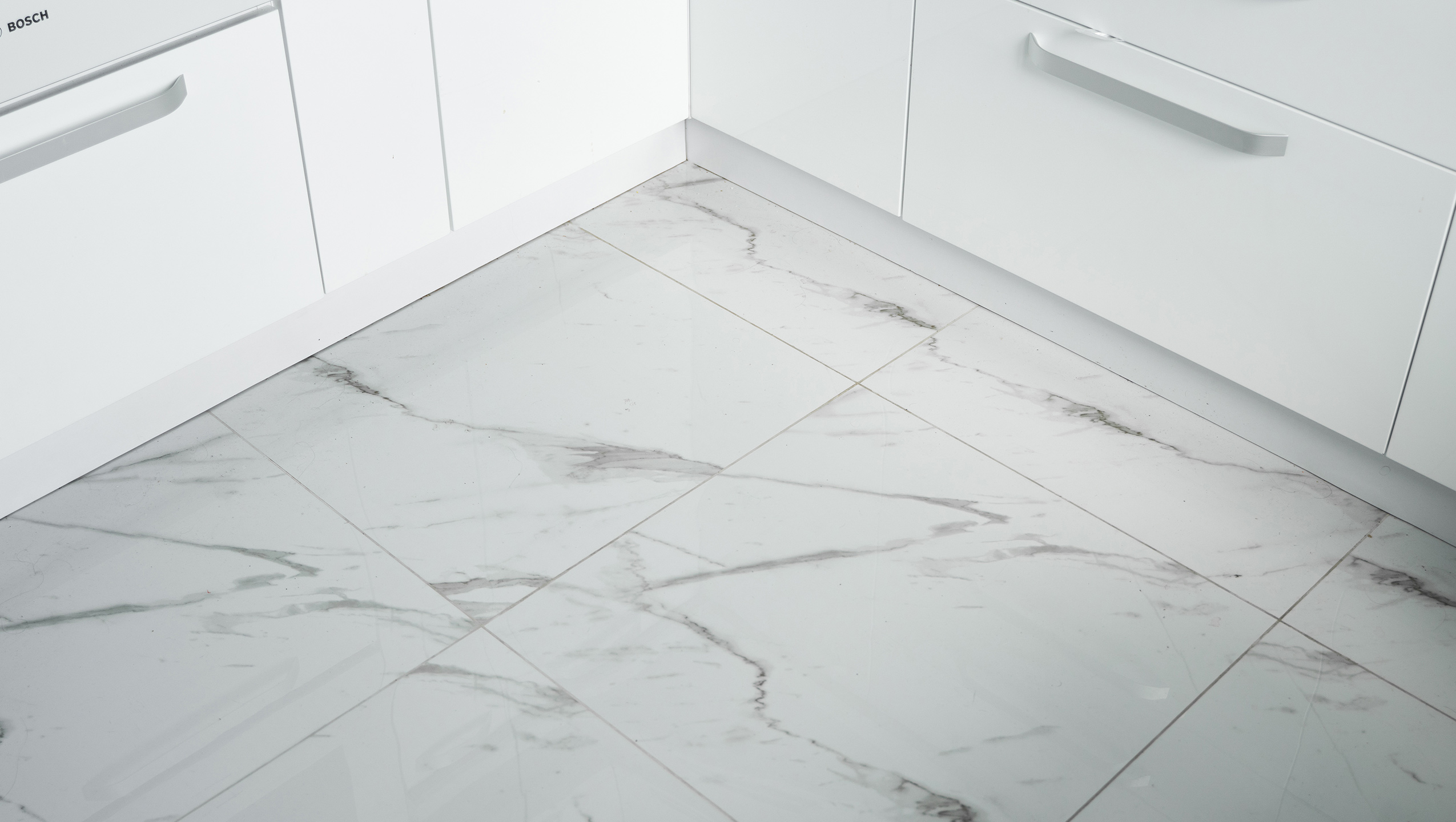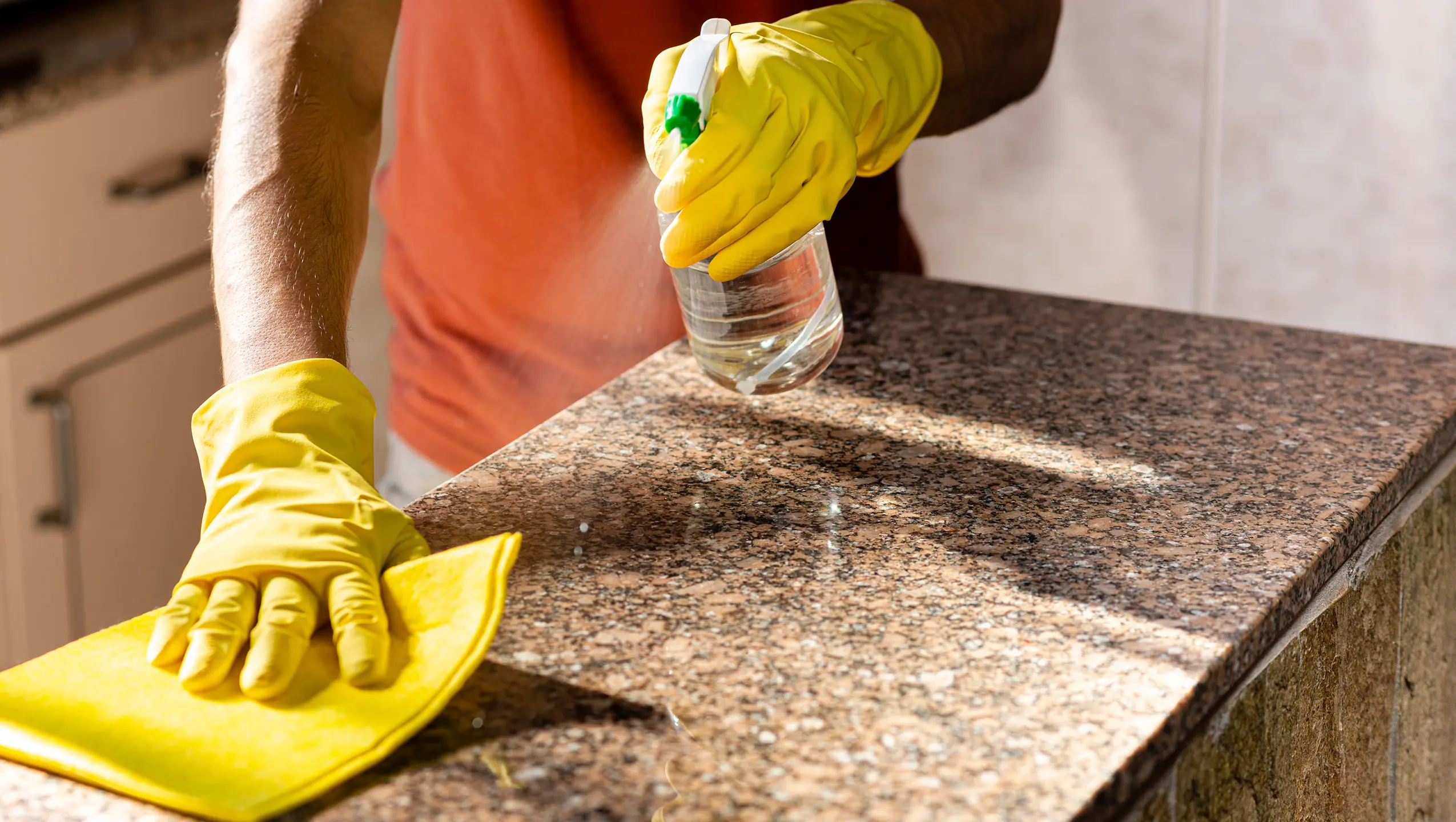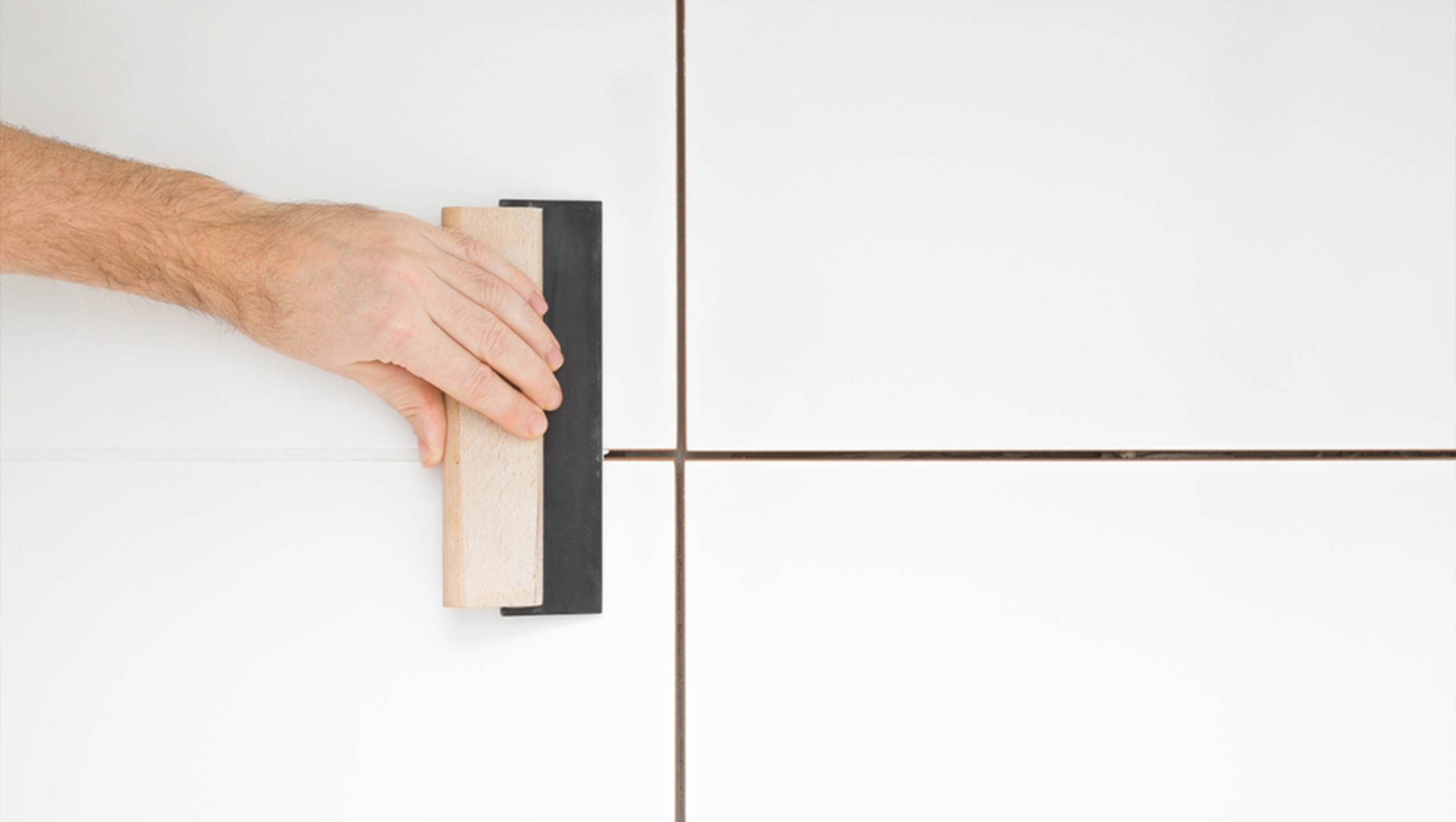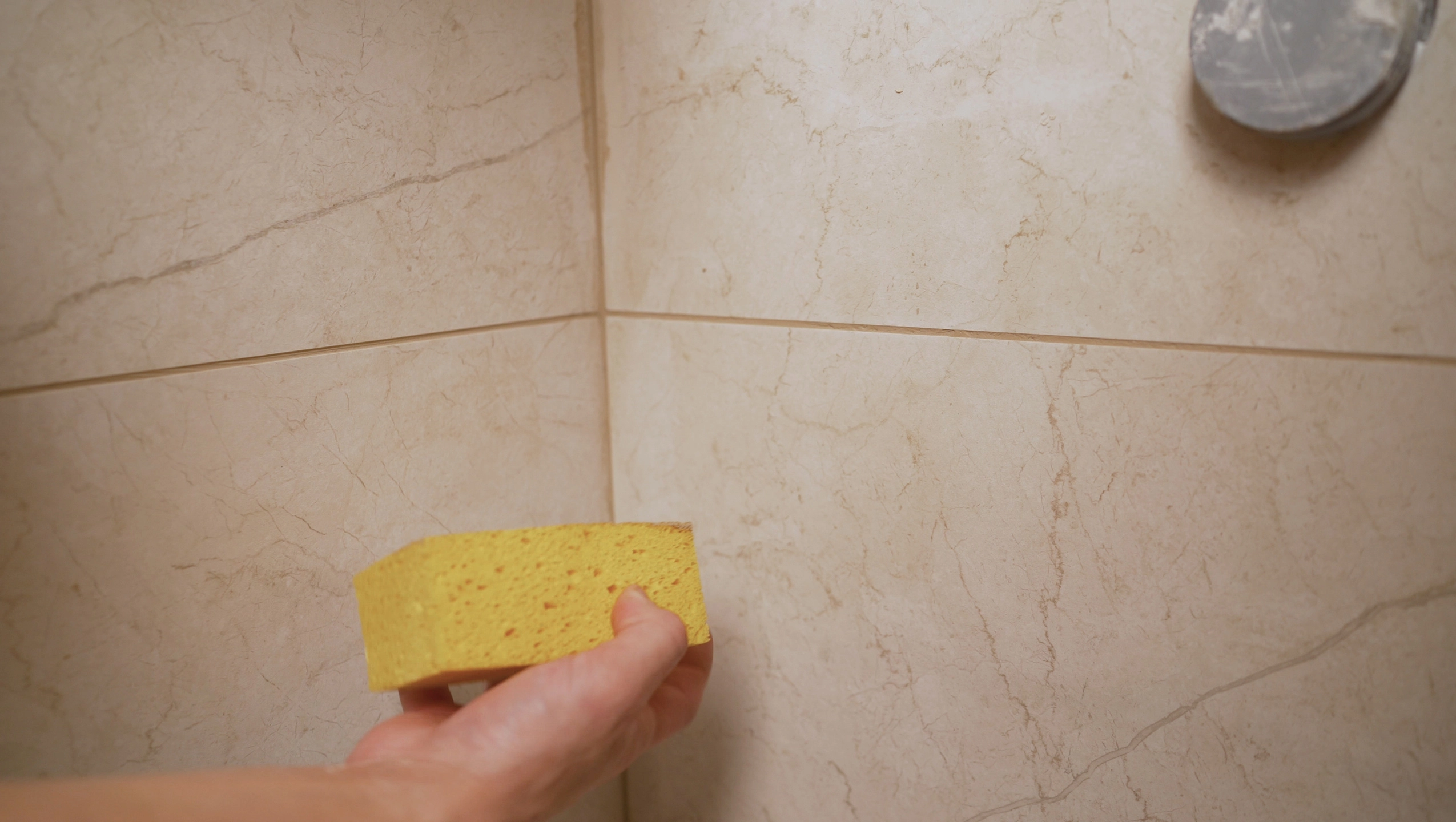Granite flooring has become a popular choice for modern homes due to its beauty, strength, and outstanding durability. However, issues like popping can occur if the granite flooring installation process is not done properly. Popping refers to a phenomenon where the granite floor lifts or cracks due to pressure imbalance beneath its surface.
This issue not only damages the room’s aesthetics but can also pose safety risks for residents. In this article, we’ll discuss the causes of popping and share tips on how to prevent it to ensure your granite floors stay durable and beautiful.
What Is Popping on Granite Flooring?
Popping is a problem that occurs when pressure or trapped air beneath the granite floor surface causes certain sections to lift or crack. It often results from improper granite installation or the use of unsuitable materials. Granite popping not only ruins the floor’s appearance but can also create hazards like uneven or broken surfaces.
This phenomenon usually arises from an imbalance between the granite material and the subfloor. When pressure is not evenly distributed, parts of the granite may lift or break. That’s why it’s essential to understand the causes and prevention methods to maintain a safe and attractive floor.
Causes of Popping on Granite Flooring
1. Improper Granite Flooring Installation
A non-professional granite installation process, such as uneven adhesive application or incorrect technique, can lead to popping. Pressure imbalance beneath the granite triggers the issue.
If the adhesive is not evenly spread, some granite tiles may not bond properly. This creates air gaps beneath the granite, eventually leading to popping. Hasty or substandard installation increases the risk as well.
2. Low-Quality Adhesive Materials
Using low-quality adhesives or those not suited for granite can weaken the bond. This causes granite popping because the tiles do not adhere securely to the subfloor.
Inferior adhesives often lack the strength to handle the weight and pressure of granite. As a result, tiles may loosen or lift over time. Choosing high-quality, granite-specific adhesives is crucial.
3. Temperature and Humidity Changes
Extreme changes in temperature and humidity can cause the materials beneath granite to expand or contract. This creates pressure that triggers popping.
In humid areas, subfloor materials may absorb moisture and expand. In dry areas, they may contract. This fluctuation causes uneven pressure distribution, eventually leading to granite popping.
4. Unstable Subfloor Structure
If the subfloor is uneven or unstable before granite installation, the risk of popping increases. An uneven surface causes unbalanced pressure, which can trigger the issue.
Cracked or uneven subfloors can prevent proper adhesion of the granite. When pressure is applied, the imbalance can cause sections to lift or crack. Ensuring the subfloor is in good condition before installation is vital.
How to Prevent Popping on Granite Flooring
1. Hire Professional Installers
Use expert services for granite installation to ensure proper techniques and materials are used, reducing the risk of popping.
Professionals have the experience and knowledge to follow every step correctly. They can also detect potential issues such as uneven subfloors or unsuitable adhesives before installation.
2. Use High-Quality Adhesives
Choose adhesives specifically formulated for granite flooring with strong bonding power. Ensure even application to avoid pressure imbalances that lead to popping.
High-quality adhesives are designed to withstand the stress and pressure granite flooring may face. Use tools like notched trowels to evenly distribute the adhesive.
3. Inspect Subfloor Before Installation
Ensure the subfloor is flat, dry, and stable before laying granite tiles. Make necessary repairs to avoid future popping problems.
Thoroughly inspect the subfloor for cracks, holes, or uneven surfaces. Fix these issues before installation to create a stable foundation.
4. Perform Regular Maintenance
After installation, maintain granite floors with regular care such as sealing, which protects the surface and prevents popping. It also preserves the floor’s beauty and durability.
Sealing creates a protective layer on granite to prevent liquid absorption and stains. It also helps reduce the risk of popping by shielding the tiles from temperature and moisture changes.
What to Do If Popping Occurs
If popping has already occurred, immediately contact a professional to evaluate the damage. Common solutions include removing the affected granite, repairing the subfloor, and reinstalling it using the correct techniques.
Do not attempt to fix the issue yourself, as it may worsen the damage. A specialist will identify the root cause and recommend appropriate solutions, such as replacing poor adhesives or fixing the subfloor. The granite will then be reinstalled properly to avoid future problems.
Popping on granite flooring is caused by pressure imbalance under the surface, often due to improper installation, low-quality adhesives, temperature changes, or unstable subfloors. By using Vellino Granite, you can avoid the risk of popping, as this material is specially designed to ensure optimal stability and durability. Vellino Granite not only offers beauty but also resists temperature and humidity changes, keeping your granite floors long-lasting and safe.
Popular Products
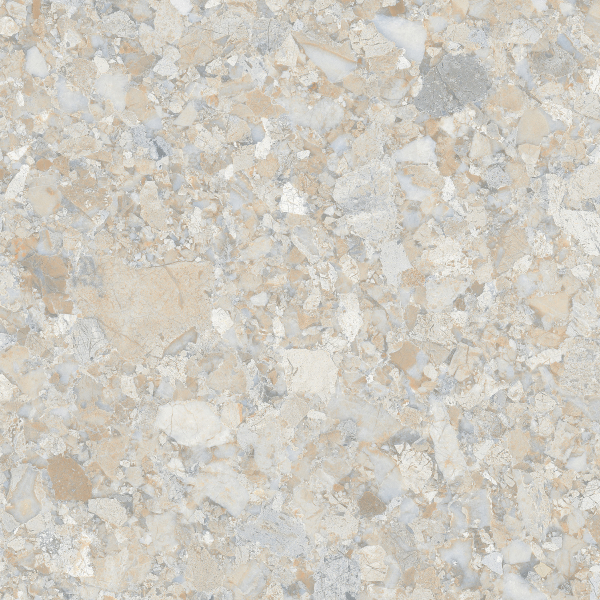
THETA VINCENT BEIGE
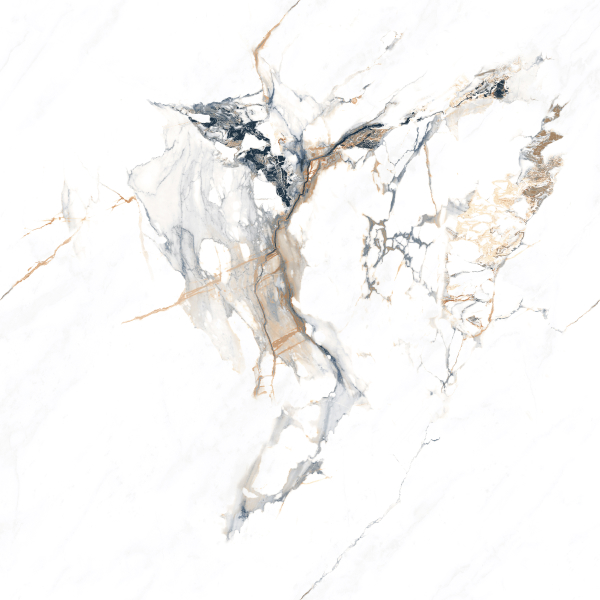
THETA NICOLLI WHITE
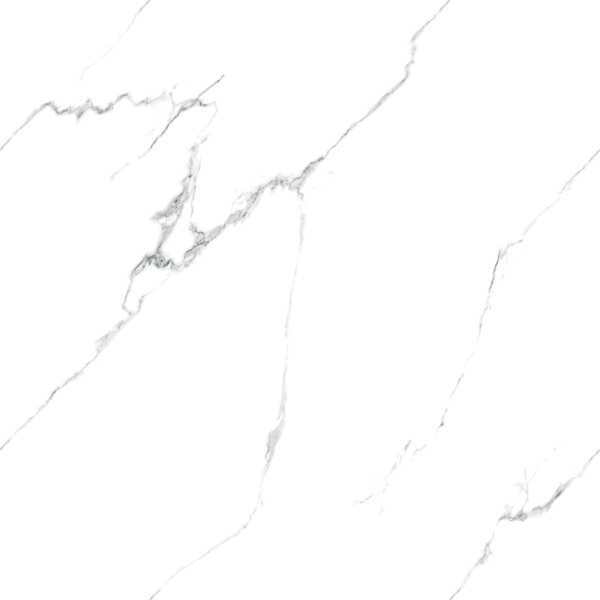
THETA RAFFINATO WHITE
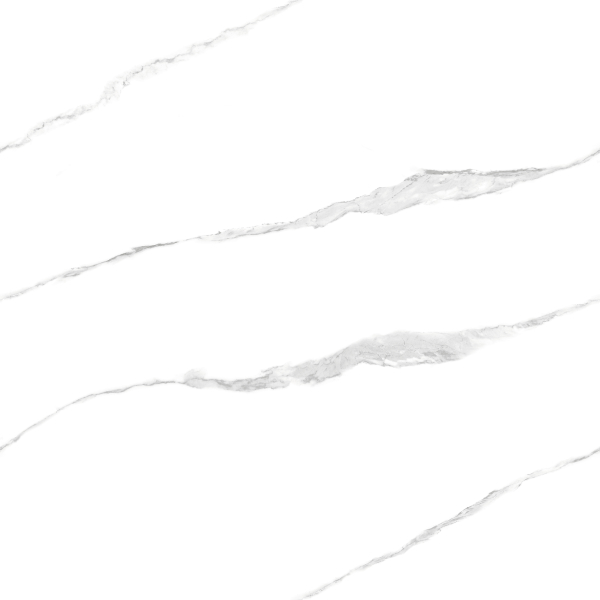
THETA GIARDINO WHITE

RUSTIC AVIRA CHARCOAL

